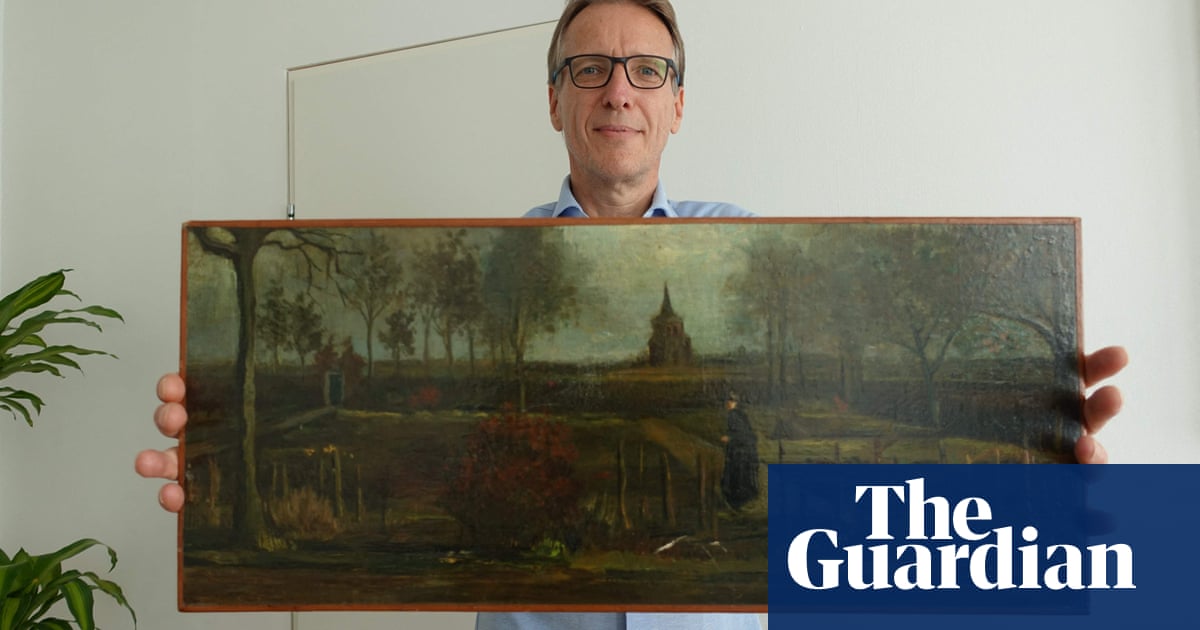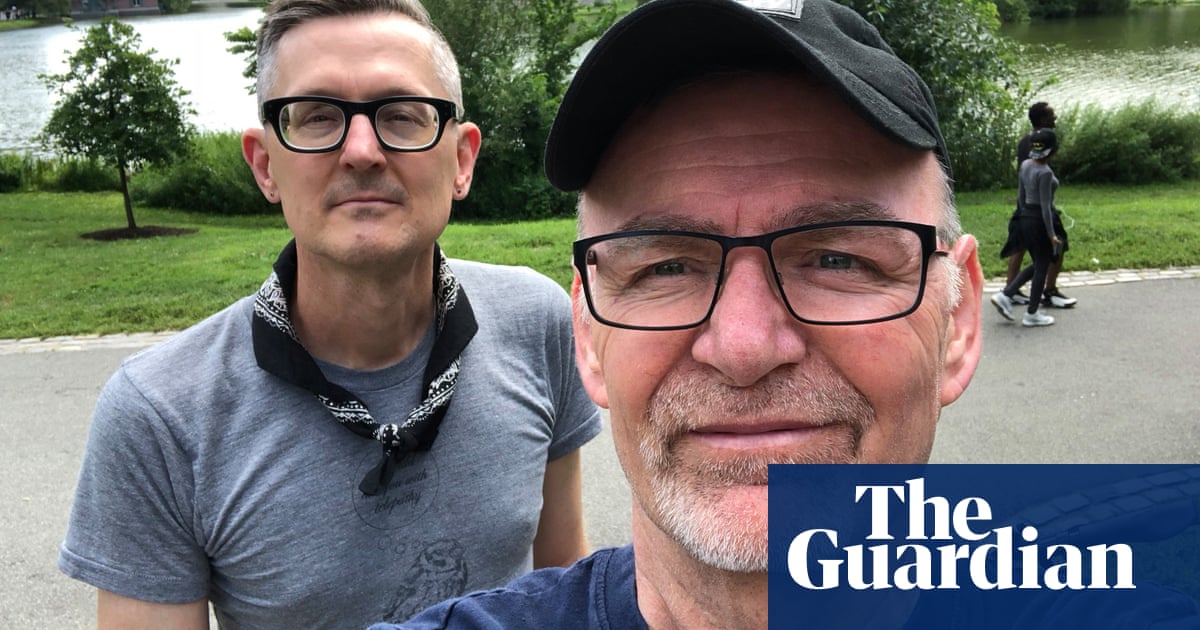
ick Schatzberg had a dark epiphany a few years back, when two of his friends died in quick succession, one from a heart attack, the other from an overdose. “When two people you know and love die within six weeks of each other,” says the photographer quietly, “you realise that death is not just something that happens to other people, to the unlucky people. It’s something that is suddenly very present.”
Schatzberg’s response was to undertake a project about encroaching mortality – his friends’ and by extension his own. The result, several years in the making, is The Boys, a photobook that is both nostalgic and brutally realistic: a visual evocation of youth in all its instinctive carefreeness; and old age in all its debilitating inevitability. Composed of casual colour snapshots of his male friends in the 1970s, and large-format contemporary portraits of their ageing bodies, it lays bare what the novelist Rick Moody, in his accompanying essay, calls “the sobering action of time”.
As Moody also points out, The Boys is a brave, even risky project: a book about elderly American white men at a moment when their demographic has largely become synonymous in the media with Maga hats, unreconstructed masculinity and militia groups. Schatzberg’s portraits are both poetic and forensic – and, in their unflinching depiction of physical ageing, a riposte to a culture that is more often defined by the youth-fixated values of fashion and commerce. Perhaps for these very reasons, they seem defiant as well as poignant.
“I wanted to show time and its relentlessness, but I struggled to find a way to do it,” says Schatzberg, a 67-year-old native of what he calls “Jewish Long Island” in New York, who came to photography late, receiving an MFA degree from the University of Hartford in Connecticut in 2018. “I had zillions of snapshots of myself and my friends as young men and there was, of course, a lot of emotion attached to them. But I was uncertain about relying on them to carry the whole idea.”
On a flight back from Europe in the wake of the sudden passing of his friend Jon, the second of “the boys” to die, the project came into sharp relief. He began contacting his remaining friends to ask them if they would pose, mostly shirtless, for his large-format camera. “They all agreed,” he says, still sounding a little surprised, “They understood that it would take the project to an audience way beyond their immediate group. I was moved by how quickly they got on board, but I also had to make it clear that, once they agreed, they could not have final veto or approval. It was a complex negotiation.”
Schatzberg spent a year making the portraits. Throughout, the elaborate and slow nature of the large-format process – an unwieldy tripod-mounted camera using a hood and heavy glass-plate negatives – actually worked in his favour. “They were intrigued and impressed by the painstaking aspect of the procedure. I think it somehow helped put them at ease.”
Nevertheless, it must have required quite a leap of faith – and trust. “Yes, it really did, and it was a little awkward at times, understandably. That said, I probably felt most uncomfortable during the scanning process, where I was basically inspecting every millimetre of their torsos – every mole, every wrinkle, every defect. It felt almost voyeuristic. It probably wouldn’t have had they been strangers. It made me feel even more touched that they trusted me.”
Despite this, the portraits are tender, Schatzberg’s subjects often bathed in a soft light that lends them a painterly aspect and a stoical dignity. One can almost feel the photographer’s personal connection to his sitters. A few wear their everyday clothes – a faded dressing gown, T-shirts – but it is the bared torsos, greying hair and lined faces that tell the real story: the inexorable drift towards old age.
Intriguingly, these formal portraits are literally embedded in the book, concealed behind gatefolds that have to be opened out. This makes them appear almost clandestine, but it also dramatically disrupts the diaristic flow of the snapshots, which convey an early 1970s suburban America that seems like a continuation of the hippy 60s – long hair, check shirts, denim and dope. Throughout, Schatzberg’s often incisive prose undercuts the idyll. “We’re from nowhere,” he writes. “A place with no history, at least not one that was explainable to my friends and me.”
In the anonymous Long Island suburb of Woodmere, the boys hung out in each other’s bedrooms and basements to smoke “skunky Mexican pot”, drop acid and listen to “Dylan, Delta blues, Stones, Coltrane”. While there are glimpses of cool-looking girlfriends, the snapshots depict a predominantly male world of smalltown camaraderie and coming-of-age rituals.
“Despite its title,” says Schatzberg, “it’s not intentionally male. It’s more a reflection of the way it was back then, in that kind of sterile, postwar suburban environment, which was segregated and very automobile-oriented. It was masculine, for sure, but without us even realising it.”
Elinor Carucci, a New York-based photographer whose long-term subject is her own family, describes The Boys as a journey into “the intimacy and vulnerability of guys, of manhood, of the friendship of men” that nevertheless manages in its “bittersweet and complex” way, to tell a story about “all of us”.
Driving through his old neighbourhood decades on, says Schatzberg, was like being “in a slow-motion video” in which “the terrain feels condensed, the map shrunken”. On the streets where he and his friends came of age, “the cars in the driveways are fancier, and it seems like each house comes with three of them”. Amid the unfolding memories, he is disturbed by “how much I can’t recall”.
Against this enveloping absence, the snapshots provide little comfort, being mere glimpses of a world whose quotidian richness required deeper expression. “I want more,” he writes. “I want to conjure details from the ordinary days, the ones swallowed by routine. But I come up short.”
The book’s coda possesses a darkly poetic symmetry: the death of two more friends, Brad and Fred, from a long illness and a heart attack respectively. The years pass, their numbers recede. “We think we’re all in this together,” writes Schatzberg, “but the winnowing advances one by one.”












